Seam Help - What is a "good seam"
Granite City Services
10 years ago
Featured Answer
Sort by:Oldest
Comments (26)
jellytoast
10 years agolast modified: 9 years agoRelated Discussions
HELP needed asap with seams - which would you do?
Comments (11)We have a seam in the middle of our farmhouse sink. It is only a few inches long and barely noticeable. The only problem that they ran into with that seam was that the pieces were from two bookmatched slabs but they had noticeably different thicknesses. They had to grind the thicker side down to blend it into the thinner side. You cannot tell now that there was such a problem. The only other seam that we have (at the corner of the counter) is much more noticeable as it is longer and since our granite has a lot of movement to it. Anyways, while we had input on seam placement, I think that ultimately, the fabricator should be the one to decide. That should be based on experience, the slab itself (little movement vs. lots of movement), how many pieces need to be cut from that slab, keeping the grain flowing all in the same direction, not too long for transport, etc....See MoreGranite seam help
Comments (8)Oh my gosh! I thought the two people above me were nuts at first (sorry to you two!) since I clearly saw a horizontal seam and thought the real problem was that the 2 pieces of granite were a horrible match for color. Then I stared at it some more... and realized the seam was VERTICAL and not horizontal. That is a very good seam. I couldn't even see it at first! As far as feeling it, we could feel ours at first, too, and I had them come back out and polish it again. Now it's as smooth as the rest of the counter....See MoreQuartz counter seams...whats normal?! Please Help!
Comments (5)They did an awesome job matching the graining! That's really difficult with quartz, and no two slabs are alike, and are not able to be bookmatched. I'll bet that standing back 36" at the standard to judge the seam at, that it looks great! It's tight, and looks pretty good, even close up. Whites are the hardest to have the seams be inconspicuous. No seam will ever be invisible....See MoreNew Fireplace Seams Popping! Help !
Comments (11)shouldn't be any drywall. Durock (cement board) should be used. (did the contracter use any lath to help hold the stucco mix?) Do you have one of those inserts that gets very hot? (another poster had a smiliar dilemma) https://www.valorfireplaces.com/media/L2/english/1700J-Cement-Wall.pdf If you want the smooth look, do a proper stucco overlay on the cement board, smooth it out, and paint w/propper paint. You could also do a skim coat of a cement overlay. YOu can read the info on this one to avoid further problems. https://www.contractortalk.com/threads/achieving-a-paintable-fireplace-surround-with-cement-board.110664/ what he didn't do was mesh (lath) stucco mesh. Like field mesh. Embed the whole thing with sheetrock. Your cement board is cracking at the back. Cement board is notorious for cracking, its very hard to finish simply with mud. I would use a roll of field mesh and mesh the entire thing with sheetrock. Almost like a stucco. Im doing a stucco application this weekend around a fireplace and im very excited to start it. But thats what we do with stucco. Mesh it all. That always holds. Maybe a diff cement board?...See MoreUser
10 years agolast modified: 9 years agoweissman
10 years agolast modified: 9 years agoGranite City Services
10 years agolast modified: 9 years agosjhockeyfan325
10 years agolast modified: 9 years agoJoseph Corlett, LLC
10 years agolast modified: 9 years agoJoseph Corlett, LLC
10 years agolast modified: 9 years agoJoseph Corlett, LLC
10 years agolast modified: 9 years agoJoseph Corlett, LLC
10 years agolast modified: 9 years agoUser
10 years agolast modified: 9 years agoineffablespace
10 years agolast modified: 9 years agoBunny
10 years agolast modified: 9 years agoGranite City Services
10 years agolast modified: 9 years agonosoccermom
10 years agolast modified: 9 years agojellytoast
10 years agolast modified: 9 years agofirstmmo
10 years agolast modified: 9 years agomark_rachel
10 years agolast modified: 9 years agoineffablespace
10 years agolast modified: 9 years agomarissa16
10 years agolast modified: 9 years agomarissa16
10 years agolast modified: 9 years agoJoseph Corlett, LLC
10 years agolast modified: 9 years agoMuffett
10 years agolast modified: 9 years agoJoseph Corlett, LLC
10 years agolast modified: 9 years agoMuffett
10 years agolast modified: 9 years agouther
10 years agolast modified: 9 years ago
Related Stories

MOVINGRelocating Help: 8 Tips for a Happier Long-Distance Move
Trash bags, houseplants and a good cry all have their role when it comes to this major life change
Full Story
KITCHEN ISLANDSWhat to Consider With an Extra-Long Kitchen Island
More prep, seating and storage space? Check. But you’ll need to factor in traffic flow, seams and more when designing a long island
Full Story
FARM YOUR YARDHello, Honey: Beekeeping Anywhere for Fun, Food and Good Deeds
We need pollinators, and they increasingly need us too. Here, why and how to be a bee friend
Full Story
MOST POPULAR5 Remodels That Make Good Resale Value Sense — and 5 That Don’t
Find out which projects offer the best return on your investment dollars
Full Story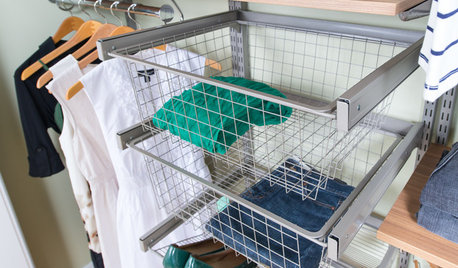
CLOSETSHow to Store Your Clothes to Keep Them Looking Good Longer
Here’s what clothes to fold, what to hang and how to stash your off-season stuff
Full Story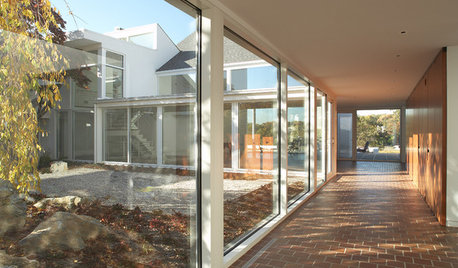
GREAT HOME PROJECTSUpdate Your Windows for Good Looks, Efficiency and a Better View
Great home project: Replace your windows for enhanced style and function. Learn the types, materials and relative costs here
Full Story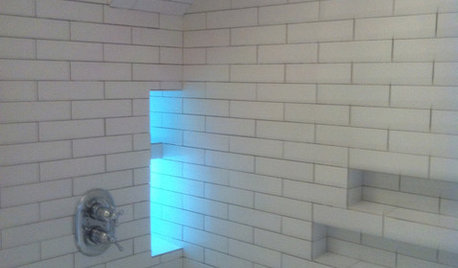
BATHROOM DESIGN10 Top Tips for Getting Bathroom Tile Right
Good planning is essential for bathroom tile that's set properly and works with the rest of your renovation. These tips help you do it right
Full Story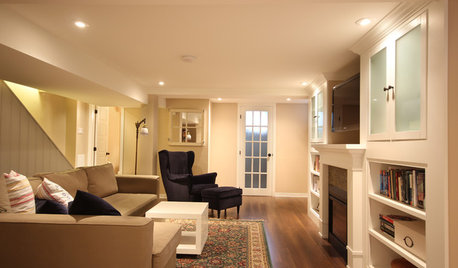
BASEMENTSBasement of the Week: Smart Cost Cutting, Beautiful Results
A stylish multipurpose basement for less than half the usual cost? See the budget-saving tricks that helped this underground space
Full Story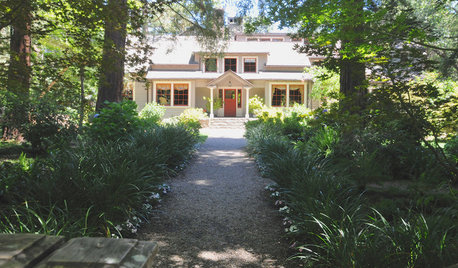
LANDSCAPE DESIGNWhat to Know About Landscape Design Service Agreements
Learn about the types of contracts and what they cover to help you set up a smooth working relationship with your designer
Full Story
FEEL-GOOD HOMEIs Your Bedroom Designed for a Good Night’s Sleep?
Find out how the right nightstands, bedding, rugs, TV and storage can help you get more restful slumber
Full Story









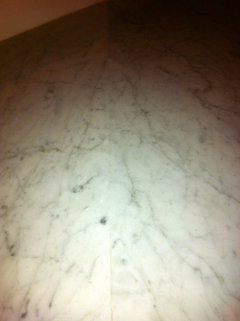

ineffablespace